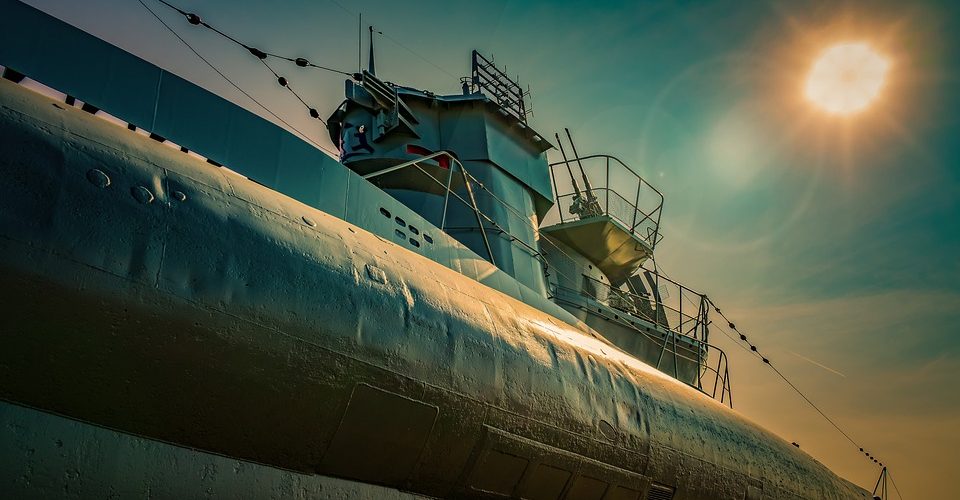In today’s technologically-driven world, the internet plays a crucial role in connecting people, businesses, and information across the globe. And at the heart of this interconnected web lies a network of submarine optic cables that crisscross the ocean floors, seamlessly transmitting vast amounts of data at lightning speeds.
These submarine cables, stretching for thousands of miles beneath the ocean’s surface, have revolutionized the way we communicate and share information. From enabling real-time global communication to facilitating international trade and commerce, these cables have become essential infrastructure for the digital age.
But how exactly do submarine optic cables work, and why are they so important for connecting the world? Let’s break it down.
Submarine optic cables are made up of several layers of protective materials, including copper and plastic, wrapped around a core of optical fibers. These fibers, thinner than a strand of human hair, are responsible for transmitting data as pulses of light that travel through the cable at incredible speeds.
The cables are laid on the ocean floor by specialized ships, carefully navigating the complex terrain of the seabed to ensure a secure and reliable connection. Once in place, the cables are buried under the seabed to protect them from damage caused by fishing activities, ship anchors, and natural disasters.
These submarine cables are the backbone of the global internet infrastructure, carrying over 99% of international data traffic. They provide high-speed, low-latency connections that enable real-time communication, video streaming, online gaming, and cloud computing on a global scale.
In addition to connecting countries and continents, submarine cables play a vital role in bridging the digital divide by providing internet access to underserved and remote areas. By enabling high-speed connectivity in regions that were previously isolated, these cables have the power to drive economic growth, spur innovation, and improve quality of life for millions of people around the world.
Despite their importance, submarine cables are not immune to challenges and threats. They can be damaged by natural disasters, human activities, and even intentional sabotage. To mitigate these risks, cable operators implement strict security measures, such as monitoring systems, diversification of routes, and regular maintenance to ensure the reliability and security of the network.
As we continue to rely on the internet for work, education, communication, and entertainment, the importance of submarine optic cables in connecting the world will only grow. These invisible highways under the sea have become the lifeline of our global, interconnected society, breaking down barriers and bringing people together in ways that were once unimaginable.







